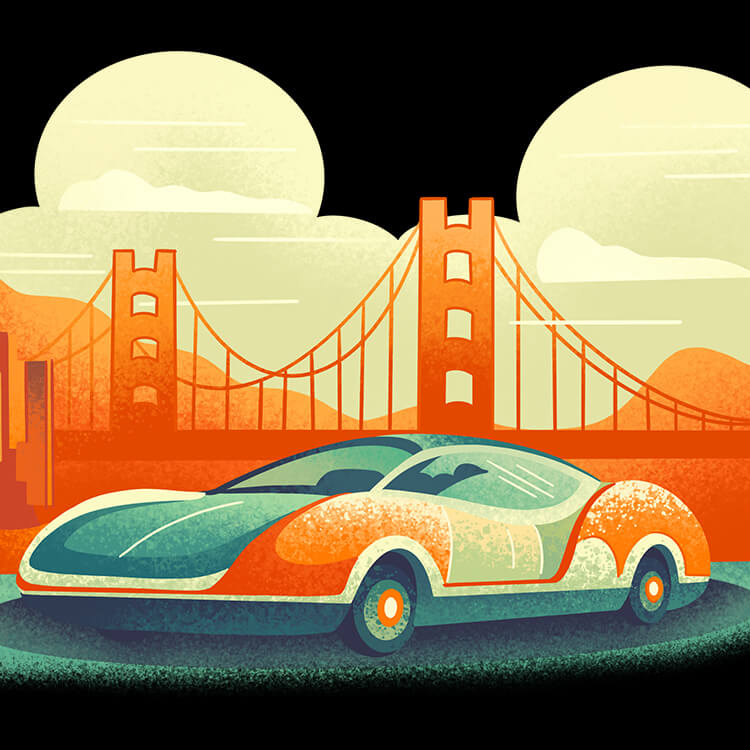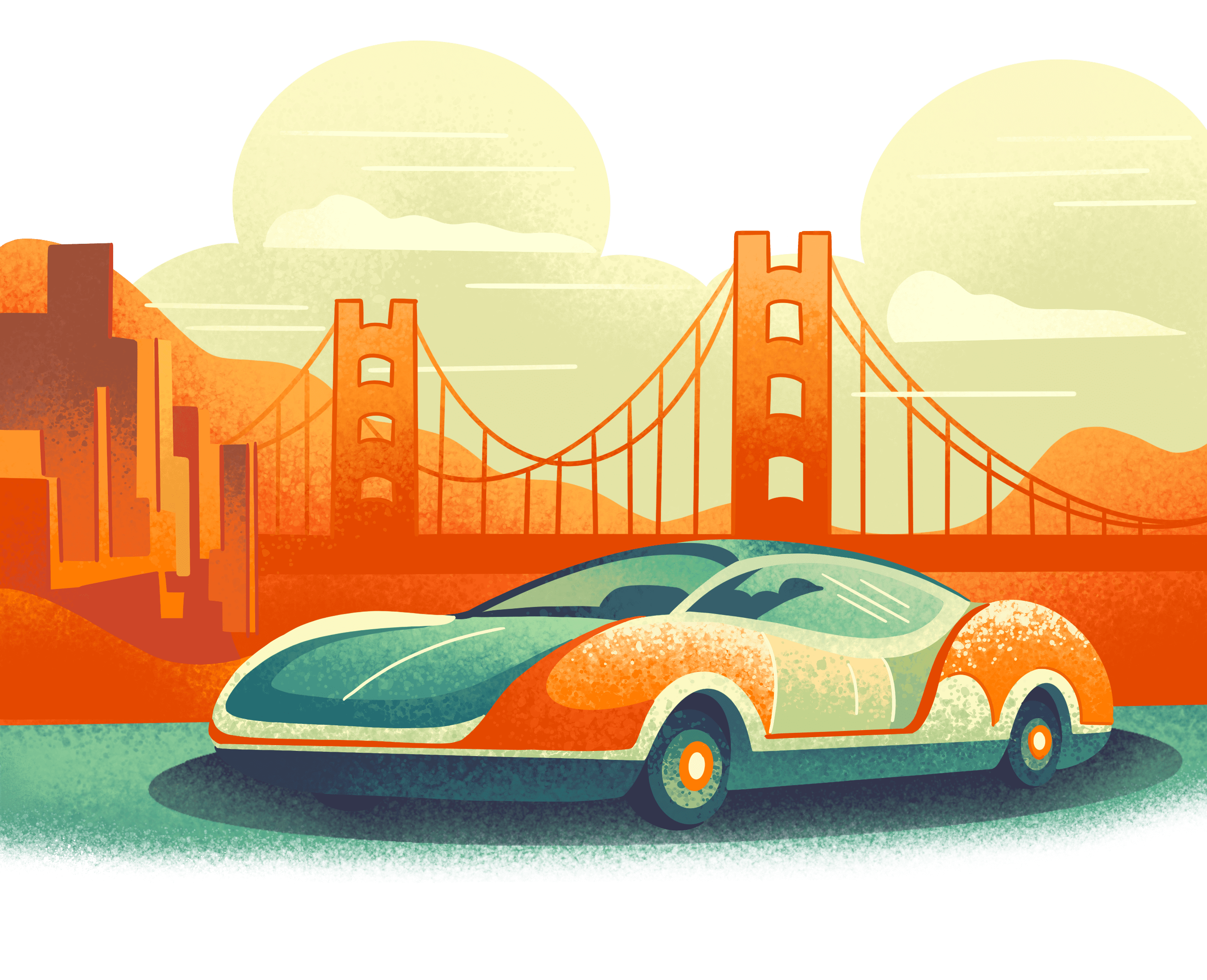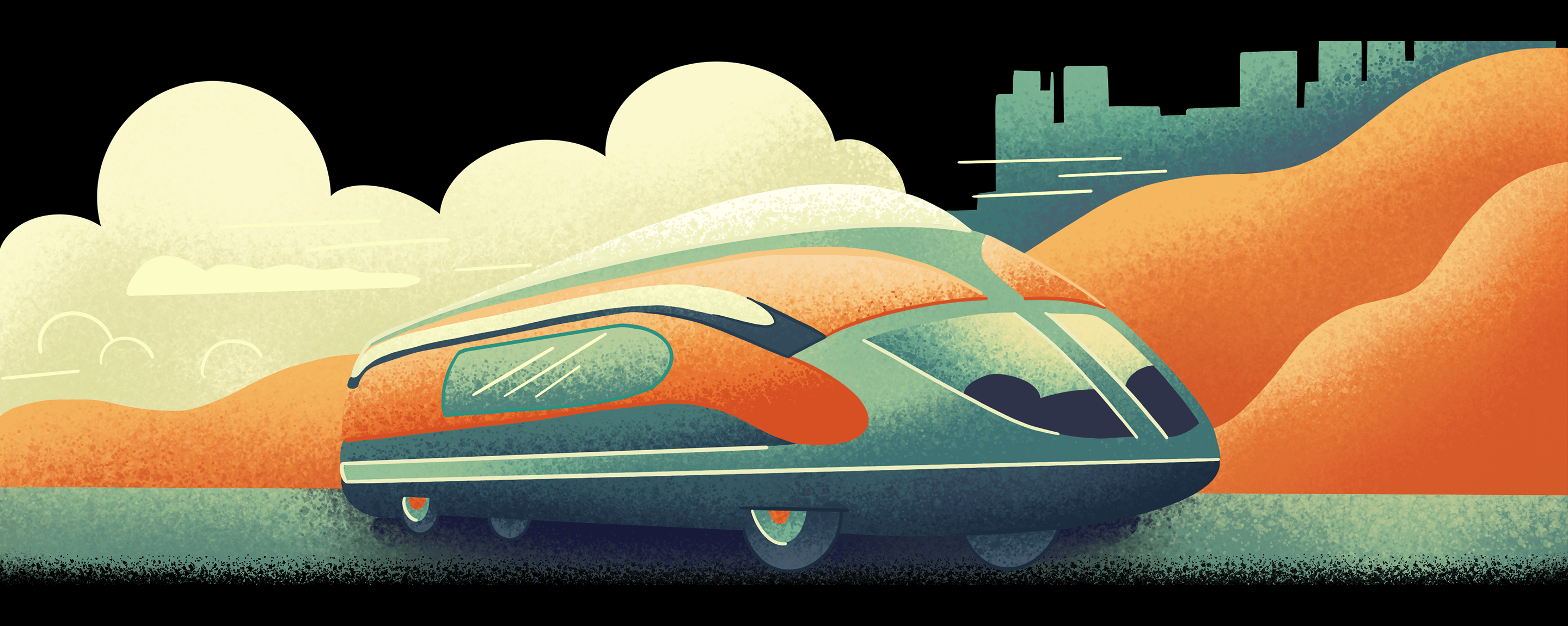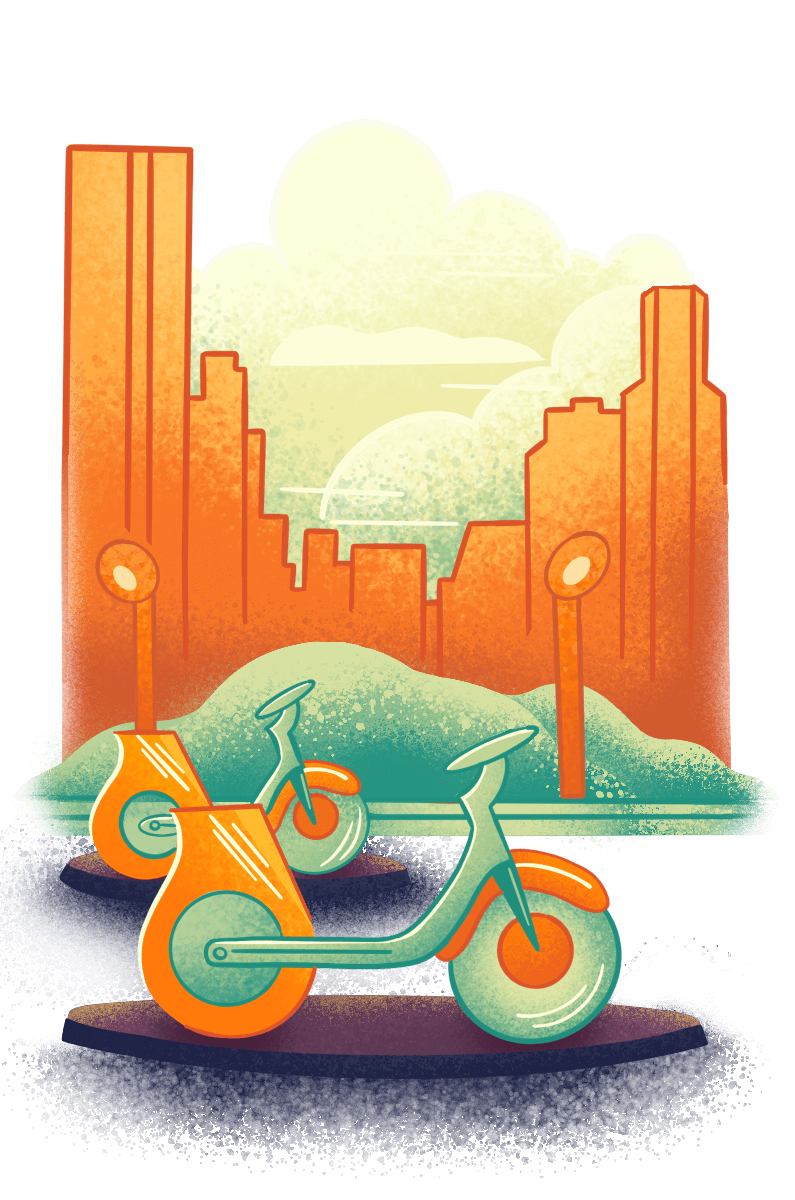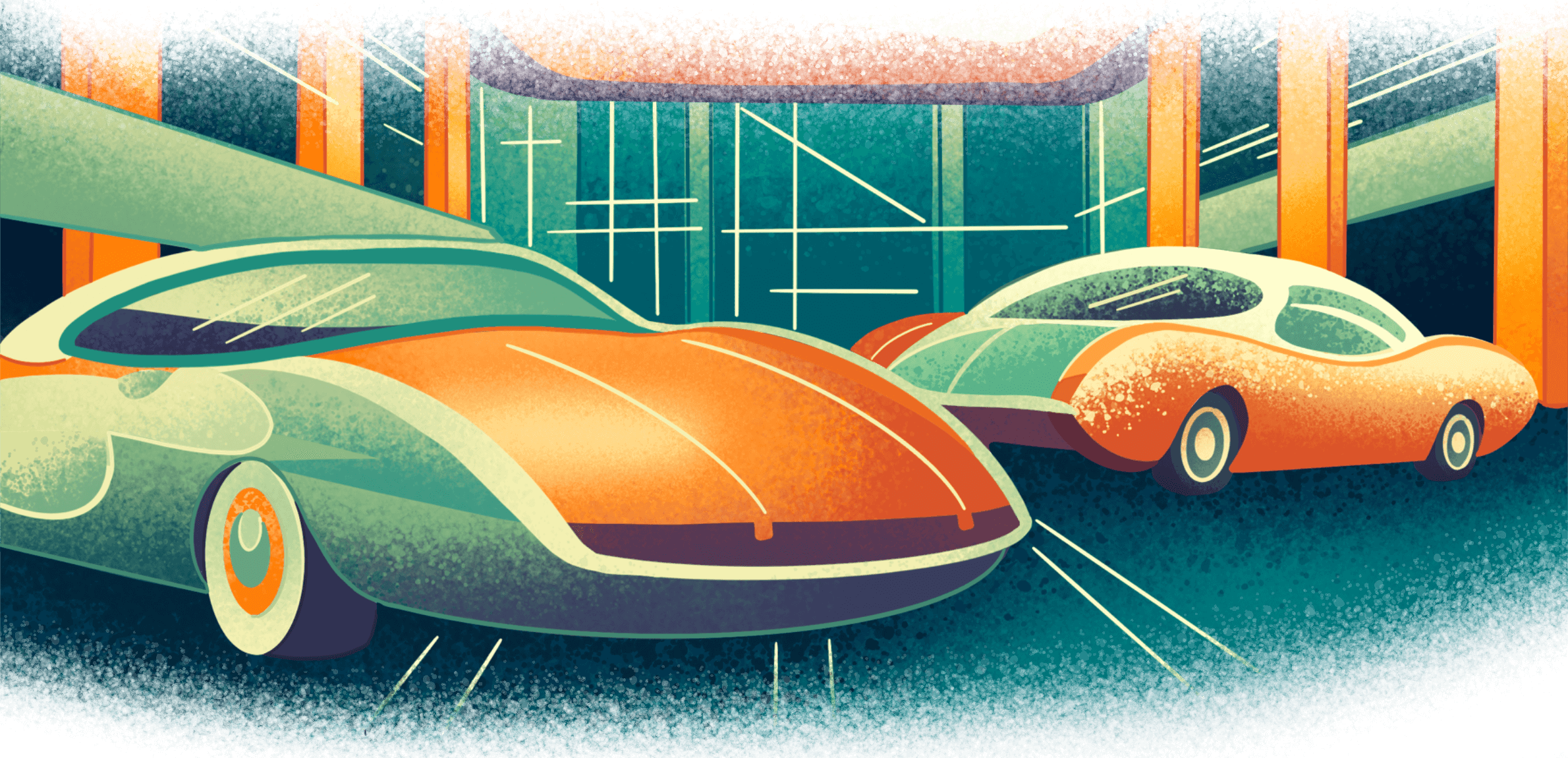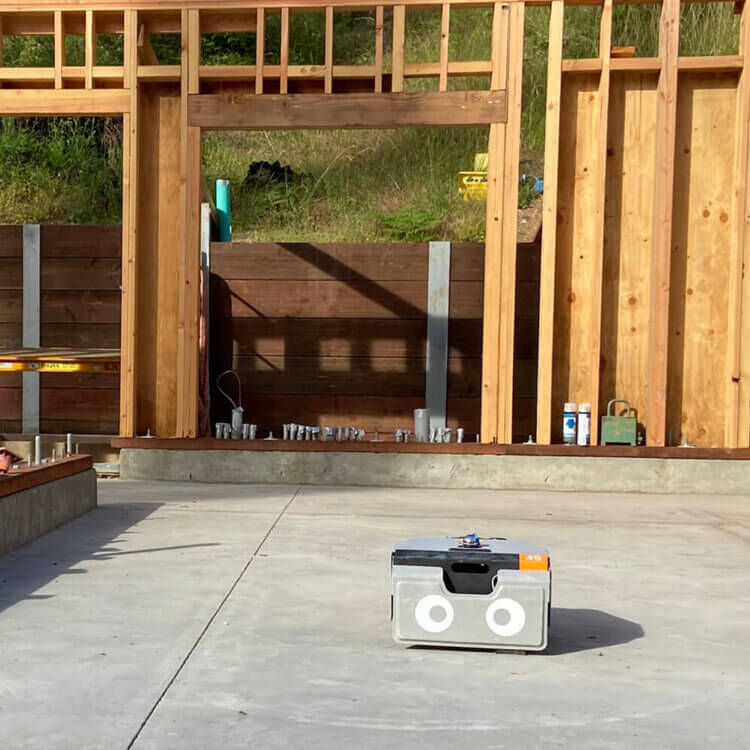03. Enhanced E-Bike Share
E-bike share programs have been around since 2017, but the very technology that enables them has put this micro-mobility solution out of reach for many people. To address this problem while expanding transit options generally, four towns—all in New York’s Hudson Valley—are in the process of implementing Project MOVER, an equitable and affordable e-bike share project. The project will be piloted in the Village of Ossining, and will expand to the Town of Ossining, Croton-on-Hudson, and Dobbs Ferry soon after.
The project will provide 1,000 e-bikes and charging infrastructure—plus locks and helmets—to transform the region’s transportation landscape. It will be particularly impactful for the region’s underserved populations, which includes the working class, immigrant families, low-income housing residents, and the formerly incarcerated. Project MOVER eliminates typical barriers like the need to own a smartphone or a credit card by providing options like the e-bike share (meant for short-term rentals), plus a long-term rental option (called an e-bike library), and a lease-to-own program with flexible payment options.
Project MOVER was awarded $7 million through the $85 million New York Clean Transportation Prizes, a program administered by the New York State Energy Research and Development Authority (NYSERDA). The project engages the community to align with their needs and can be easily replicated in other towns and regions.
